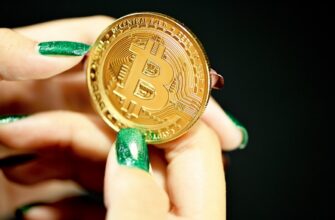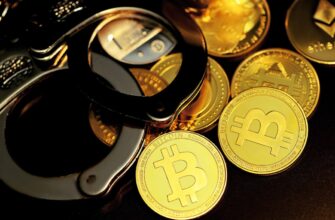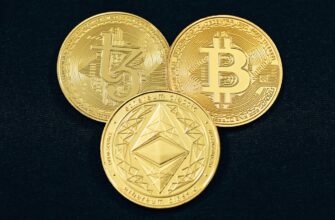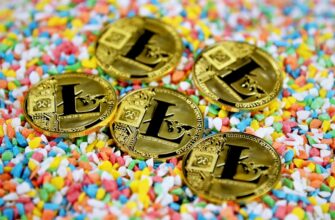What is XRP Market Cap (MCAP)?
XRP market capitalization (MCAP) represents the total market value of all XRP tokens in circulation. Calculated by multiplying the current XRP price by its circulating supply, MCAP serves as a key metric for comparing Ripple’s network value against other cryptocurrencies. Unlike Bitcoin’s fixed supply, XRP’s supply is managed by Ripple Labs, with approximately 54 billion tokens circulating out of a 100 billion max supply. This unique distribution model directly impacts XRP’s market cap dynamics and investor perception.
Why XRP Market Cap Matters for Investors
Tracking XRP MCAP provides crucial insights for crypto investors. A higher market cap typically indicates greater market stability and reduced volatility compared to low-cap altcoins. XRP’s position among top cryptocurrencies by market cap (historically ranking between #5-#7) signals strong liquidity, making it easier to enter/exit positions. Moreover, MCAP growth often correlates with increased institutional interest – a vital factor for XRP given Ripple’s enterprise-focused blockchain solutions for cross-border payments. Significant MCAP fluctuations can also reflect regulatory developments, especially given Ripple’s ongoing SEC lawsuit.
Key Factors Influencing XRP’s Market Cap
Several variables drive XRP’s market cap movements:
- Regulatory News: SEC rulings or global regulatory shifts dramatically impact investor confidence
- Ripple’s Partnerships: Bank integrations and payment corridor expansions boost adoption prospects
- Tokenomics: Escrow releases (1B XRP monthly) and Ripple’s sales affect circulating supply
- Market Sentiment: Bitcoin price trends often pull altcoins like XRP along
- Technological Developments: Upgrades to XRP Ledger (e.g., AMMs, sidechains) enhance utility
Historical Trends in XRP Market Cap
XRP MCAP has experienced dramatic shifts since its inception. In January 2018, it peaked near $150 billion during the crypto bull run, briefly surpassing Ethereum. Post-2018 bear market saw it plummet below $10 billion. The 2021 bull run propelled it back to $88 billion before regulatory uncertainty triggered corrections. Notably, XRP MCAP showed resilience during July 2023’s landmark court ruling that deemed XRP “not necessarily a security” – surging 70% in 24 hours. These cycles highlight XRP’s sensitivity to both market cycles and regulatory clarity.
XRP MCAP vs. Top Cryptocurrencies
Comparing XRP’s market cap to major cryptocurrencies reveals strategic insights:
- Bitcoin (BTC): XRP MCAP typically ranges between 1.5%-3% of Bitcoin’s dominance
- Ethereum (ETH): XRP historically maintains 10%-20% of Ethereum’s valuation
- Stablecoins (USDT/USDC): XRP often competes for #4-#6 rank among circulating MCAP
- Cardano (ADA)/Solana (SOL): These “Ethereum rivals” frequently flip XRP during alt seasons
This positioning reflects XRP’s niche as a payment solution rather than a smart contract platform.
How to Track XRP Market Cap Accurately
Reliable XRP MCAP monitoring requires trusted data sources:
- CoinMarketCap/CoinGecko: Real-time rankings with circulating supply adjustments
- TradingView Charts: Customizable MCAP trend analysis over multiple timeframes
- Ripple’s Quarterly Reports: Official circulation updates and escrow details
- On-chain Analytics: Tools like Messari track active addresses and network growth
Always verify data across platforms – discrepancies in circulating supply calculations can cause MCAP variations up to 5%.
Frequently Asked Questions
Q: Can XRP market cap overtake Ethereum?
A: While possible during extreme bull runs (as in 2018), Ethereum’s broader ecosystem makes sustained outperformance unlikely without massive payment network adoption.
Q: How does escrow affect XRP MCAP?
A> Ripple’s 55 billion XRP in escrow releases up to 1B monthly. Unsold portions get re-escrowed, preventing supply floods but creating predictable sell pressure.
Q: Why is XRP MCAP lower than its all-time high?
A> Regulatory uncertainty post-SEC lawsuit (2020) and delayed banking adoption have suppressed prices despite growing transaction volume.
Q: Does burning XRP tokens increase market cap?
A> Indirectly – transaction fee burns (0.00001 XRP/tx) minimally reduce supply, but price appreciation depends more on demand than deflationary mechanics.
Q: How does MCAP relate to XRP’s “real” value?
A> MCAP reflects perceived value, not intrinsic value. Utility metrics like daily transactions (3-5M) and liquidity corridors better indicate network health.








